Hoban Jeong (호반정)
14.0 Km 94 2021-03-26
217, Seokju-ro, Andong-si, Gyeongsangbuk-do
+82-54-853-9449
It is a dish made by boiling chicken as well as all kinds of vegetables and seasoning with soy sauce. The best menu at this restaurant is braised chicken. This Korean dishes restaurant is located in Andong-si, Gyeongsangbuk-do.
Temple Cheongnyangsa (청량사 - 봉화)
14.0 Km 8311 2020-04-28
247, Bukgok-ri, Myeongho-myeon, Bonghwa-gun, Gyeongsangbuk-do
+82-54-672-1446
Situé dans le parc provincial du mont Cheongnyangsan, le temple Cheongnyangsa a été bâti par le grand moine Wonhyo en 663, durant la 3ème année du règne du roi Munmu à l’époque de la dynastie Silla. D’après les principes du feng shui, c’est un site idéal pour y construire un temple, avec douze pics montagneux entourant le temple comme les pétales d’une fleur de lotus.
Le temple abrite deux précieuses reliques historiques : l’une d’entre elles est la planche du Yuribojeon sur laquelle le roi Gongmin de Goryeo a écrit, et l’autre est le Jibul. Le Yuribojeon est le bâtiment accueillant le Yaksa-yorae-bul (la statue du Bouddha de la médecine), et le Jibul est une statue de Bouddha en papier, peinte avec de l’or.
Derrière le temple se trouve le pic Bosalbong, qui fait face au mont Cheongnyangsan. Marchez pendant 30 minutes le long du sentier de promenade et vous arriverez à Eungjinjeon, un ermitage doté d’une vue magnifique, où le grand moine Wonhyo a autrefois résidé. Derrière Eungjinjeon se trouve le pic de Geumtapbong surplombant des falaises escarpées. Le nom du pic, qui signfie « pagode d’or » en coréen, a été choisi car il ressemble à une pagode à neuf niveaux dont la base est entourée de pins. En automne, les teintes magnifiques de rouge, de doré et d’orange des érables forment une vue splendide.
Seoksong Garden (석송가든)
14.0 Km 58 2021-03-30
539-23, Jebiwon-ro, Andong-si, Gyeongsangbuk-do
+82-54-841-7000
A place with group seats and individual rooms, it is a restaurant well-known for its steamed carp with spicy sauce and bean sprouts. This Korean dishes restaurant is located in Andong-si, Gyeongsangbuk-do. The representative menu is braised carp.
Byeolcheongung (별천궁)
14.1 Km 51 2021-03-30
141, Bongjeongsa-gil, Andong-si, Gyeongsangbuk-do
+82-54-857-4168
It is a restaurant with a hanok interior. This restaurant's signature menu is set menu with grilled salted mackerel. This Korean dishes restaurant is located in Andong-si, Gyeongsangbuk-do.
Samil Garden (삼일가든)
14.1 Km 45 2021-03-24
207, Seokju-ro, Andong-si, Gyeongsangbuk-do
+82-54-859-1887
The spicy freshwater maeuntang is famous. The best menu at this restaurant is mandarin fish stew. This Korean dishes restaurant is located in Andong-si, Gyeongsangbuk-do.
Heotjesabap Kkachi Gunmeongjip (헛제사밥까치구멍집 )
14.1 Km 18732 2020-04-21
203, Seokju-ro, Andong-si, Gyeongsangbuk-do
+82-54-821-1056
Heotjesabap Kkachi Gumeongjip is a popular restaurant located in Andong, serving yangbansang (yangban table set) fit for the aristocracy. The restaurant interior design features a traditional hanok floor, bringing the aristocratic feeling to life. One of the most popular dishes is hoetjesabap (Andong-style bibimbap). Heotjesabap coloring is not vibrant, but the dish is flavorful, with vegetables and jeon (savory pancakes) piled atop rice. The restaurant, with traditional tiles and designs, producing a feel of gentle harmony and overall traditional beauty coupled with a modern feel.
Heotjesabap (헛제사밥(맛50년))
14.1 Km 27841 2021-05-07
201, Seokju-ro, Andong-si, Gyeongsangbuk-do
+82-54-821-2944
It is a restaurant that sells Andong’s traditional dishes. This Korean dishes restaurant is located in Andong-si, Gyeongsangbuk-do. The most famous menu is Andong-style bibimbap.
Pont Woryeonggyo (월영교)
14.2 Km 27603 2023-01-02
Sanga-dong, Andong-si, Gyeongsangbuk-do
+82-54-821-0649
Le pont Woryeonggyo est un pont sur la rivière Nakdonggang. Au milieu du pont se trouve le pavillon Woryeongjeong qui permet aux promeneurs de profiter d’un moment paisible en appréciant la beauté de la nature qui l'entourent. Le pont a été créé pour rendre hommage à l'amour pur et émouvant d'un couple marié, Lee Eung-tae et sa femme, qui habitait dans cette région. Selon la légende, la femme a fabriqué une paire de mituri (sandales de paille) avec ses cheveux pour son défunt mari. En commémoration de leur amour, le pont a été conçu dans le style des mituri.
Temple Bongjeongsa [Patrimoie de l'UNESCO] (봉정사[유네스코 세계유산])
14.3 Km 4591 2023-05-23
222, Bongjeongsa-gil, Andong-si, Gyeongsangbuk-do
+82-54-853-4181
Le temple Bongjeongsa a été construit par le moine Uisang durant la 12ème année de règne du roi Munmu (règne de 661~681) de la dynastie Silla. Le temple Bongjeongsa est le plus grand temple à Andong, il possède le bâtiment le plus ancien en Corée, le pavillon Geungnakjeon. Certains documents anciens affirment que Neungin Daedeuk, un disciple du moine Uisang, est à l'origine de la création du temple.
Jukheon Traditional House[Korea Quality] / 죽헌고택 [한국관광 품질인증]
14.3 Km 513 2020-12-10
24, Taejangjukheon-gil, Seohu-myeon, Andong-si, Gyeongsangbuk-do
+82-10-5217-2174
Located near Bongjeongsa Temple in Andong, Gyeongbuk, the Historic House of Jukheon (Gyeongsangbuk-do Folk Cultural Heritage No. 146) was built in 1886 by renowned independence fighter Kim Ga-jin (1846-1922) and sold to Yi Hyeon-chan (courtesy name: Jukheon) in 1890. The house is now used as the shrine (Jaesa) of his family. It would be a great cultural experience for anybody to welcome the rising sun at a historic building such as this.
Meeting the sunrise from this historical heritage is sure to be the highlight of one’s trip. The house follows the square layout characteristic to the late Joseon period houses. The house itself is surrounded by old pine trees that add to the charm of the house.
Jukheon Traditional House has four Korean traditional rooms, namely the 2-person Jukheon Gallery, Study, Elisabeth Room and the 4-person Jukheon Dongnong Room. The house demonstrates the traditional beauty of Korean houses like the wooden platform hall built upon the stone foundations, screens, and roofs with exposed beam. The screens open to the view of the stone fence and the mountains far away. Elizabeth Room was constructed to commemorate the visit of Her Majesty Queen Elizabeth II of United Kingdom to UNESCO World Heritage site Bongjeongsa Temple in 1999. ‘Queen Elizabeth Road’ stretches from the Jukheon Traditional House to the Bongjeongsa Temple, allowing the guests to trace Her Majesty’s visit with their own steps. A mill with a thatched roof, located to the side of the complex, allows the guests to experience the traditional stepping mill. The pillar of the mill building is adorned with flags from all over the world, testifying to the many international visitors who have stayed at the house. Guests can also enjoy a free breakfast of toast, coffee, and other simple fare on the open hall of the building.
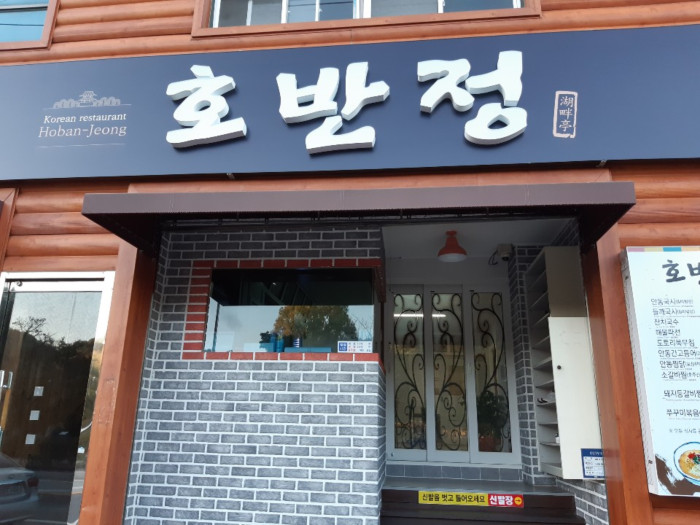
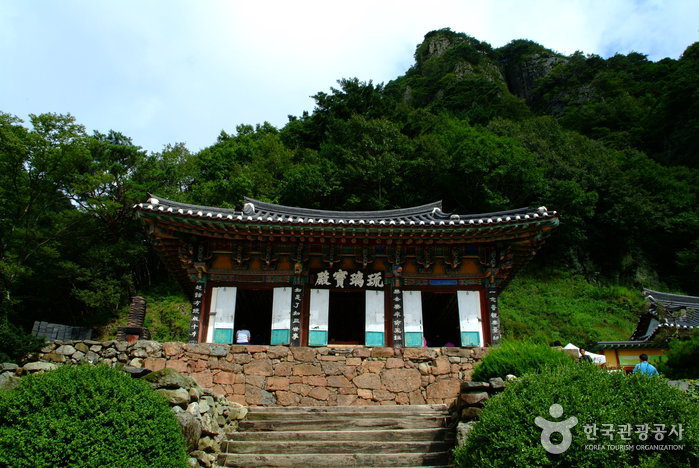
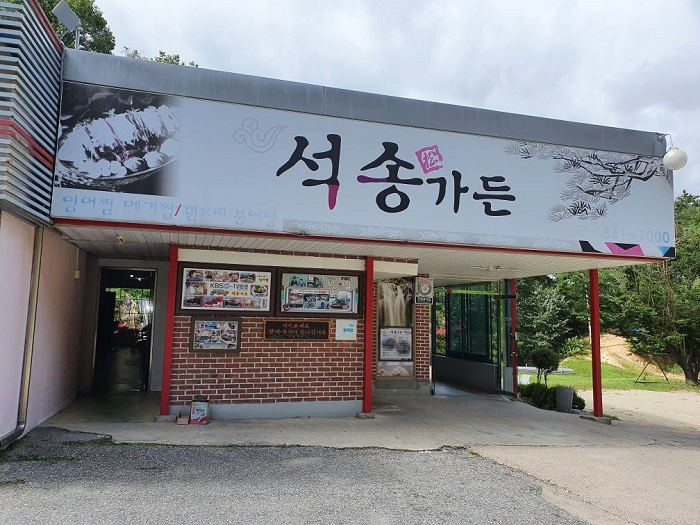
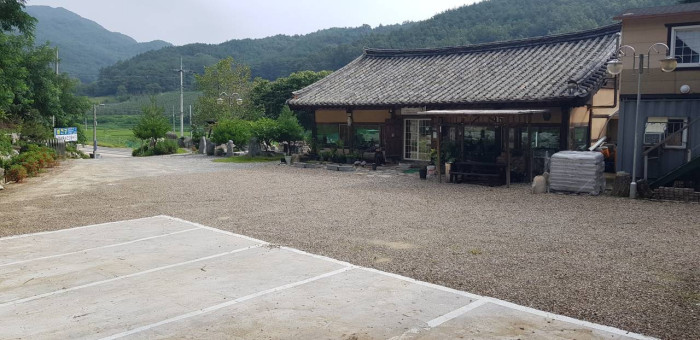
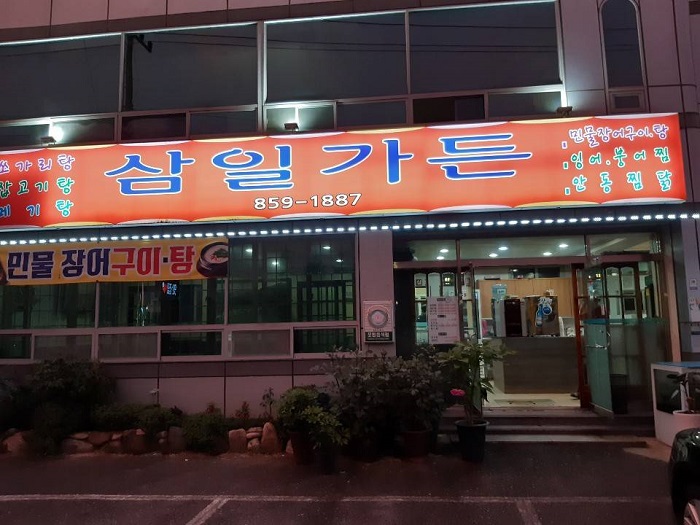
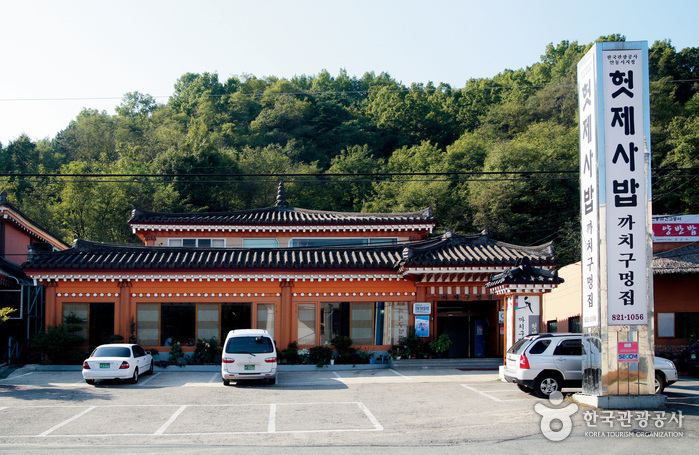
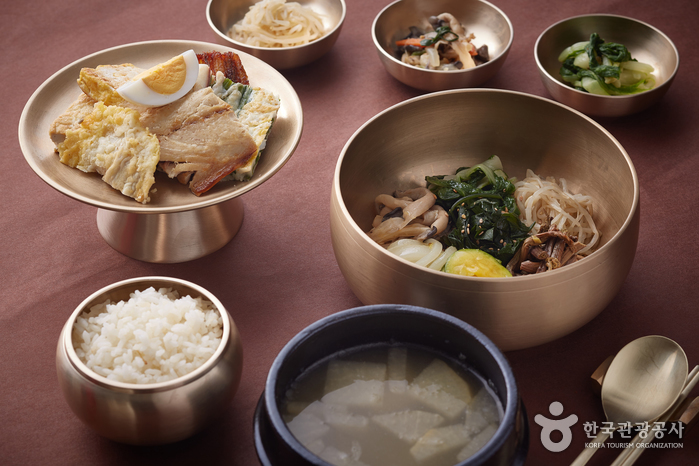

![Temple Bongjeongsa [Patrimoie de l'UNESCO] (봉정사[유네스코 세계유산])](http://tong.visitkorea.or.kr/cms/resource/16/2654216_image2_1.jpg)
![Jukheon Traditional House[Korea Quality] / 죽헌고택 [한국관광 품질인증]](http://tong.visitkorea.or.kr/cms/resource/78/2636178_image2_1.jpeg)
 Français
Français
 한국어
한국어 English
English 日本語
日本語 中文(简体)
中文(简体) Deutsch
Deutsch Español
Español Русский
Русский